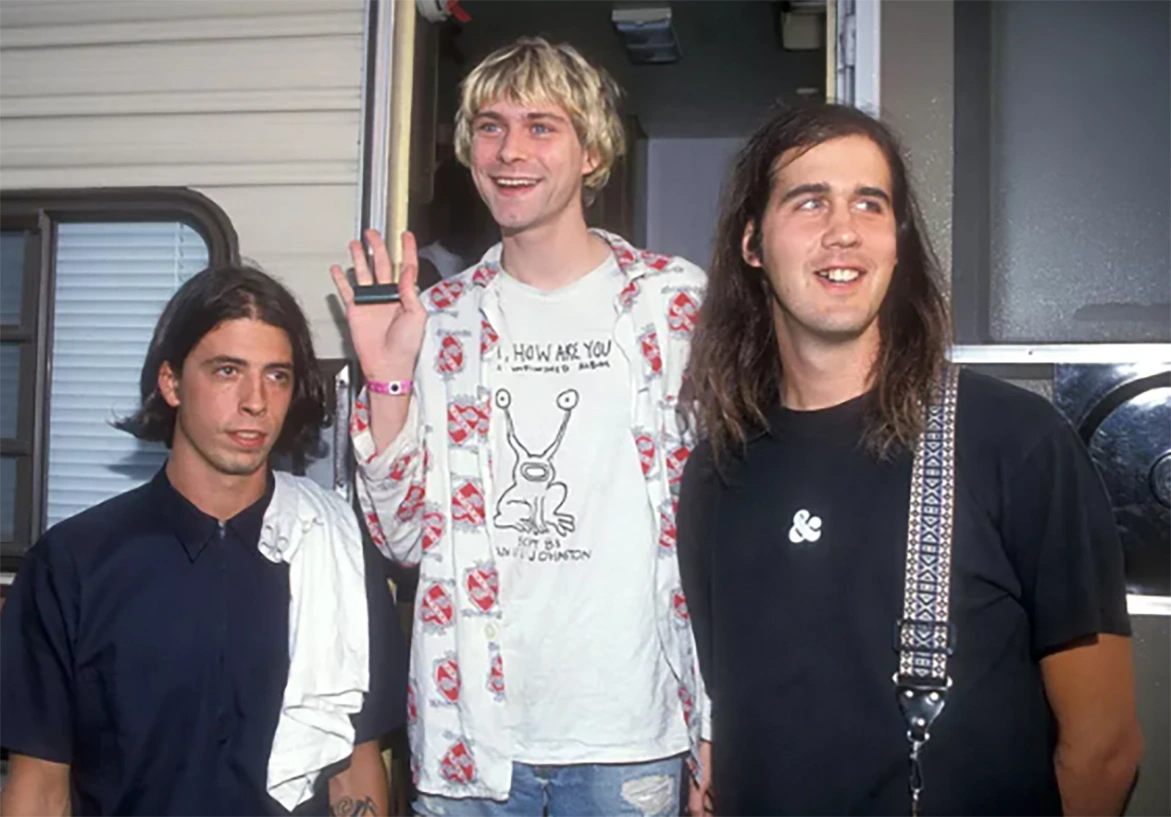Nirvana Baby – The Face of a Generation

Nirvana Baby – The Face of a Generation
The iconic image of the baby swimming toward a dollar bill on a hook in Nirvana’s Nevermind album cover remains one of the most recognizable visuals in music history. For many, this image isn’t just a snapshot from a record; it represents a profound cultural moment and the embodiment of the 90s grunge movement. It’s the face of a generation that was both rebellious and disillusioned, yet full of raw energy, creativity, and authenticity.
This baby, Spencer Elden, unknowingly became the face of a wave of change in the music scene, and by extension, pop culture. Nevermind challenged the status quo, capturing the angst and rebellious spirit of the time, as Nirvana’s raw sound and thought-provoking lyrics connected with millions who felt misunderstood. The image became a symbol of the grunge era, forever tied to the rise of alternative rock, and reflected the changing attitudes towards success, materialism, and societal expectations.
But beyond the nostalgia and the impact it left on a whole generation, the Nirvana baby image still sparks conversation about the complexities of fame, identity, and how cultural symbols can evolve over time. From the moment it graced the cover of Nevermind, the photo became more than just a visual—it became a piece of history.
Decades later, Spencer Elden’s life story intertwined with the lasting impact of this iconic image, as questions around its symbolism and its association with his own life continued to surface. The controversy and reflection around the image show how much power a single photograph can have in shaping cultural moments and the identity of a generation.
In this sense, the Nirvana baby is not just a fleeting image. It is a timeless face—forever etched into the memories of millions—capturing the spirit of rebellion, vulnerability, and self-discovery that defined a generation.











